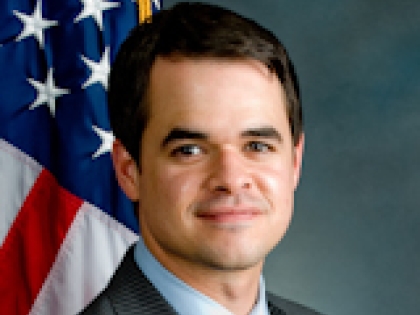
Senator Carlucci Calls for End to Deferral of Key Upstate Development Program
David Carlucci
March 17, 2011
Senator Carlucci Calls for End to Deferral of Key Upstate Development Program
Historic Rehabilitation Tax Credit to Leverage $461 M in Upstate Investment; Create 1,600+ Jobs
(Albany, NY) Senator David Carlucci (D-Rockland/Orange) today called for a reinstatement of an economic development program that would create more than $460 million in private investment and more than 1,600 good-paying jobs in New York State.
The Historic Rehabilitation Tax Credit, sponsored by Independent Democratic Conference member Senator David J. Valesky, (D-Oneida) allows for an investment tax credit in order to spur development in distressed areas.
The credit is equal to 20 percent of the costs of repairs to qualified historic structures and is capped at $50,000 for residential properties and $5 million for commercial properties that is to be paid out over 5 years. The program, which was modeled after successful programs in other states, was signed into law in 2009.
However, under the 2010 budget, historic rehabilitation tax credits above $2 million will be deferred until 2014. With the credit set to sunset in 2014, this delay effectively kills the program as an economic development tool.
“The Historic Rehabilitation Tax Credit Program is an important tool not only to preserve our historic buildings but also to stimulate our local economies and create much needed jobs,” Senator David Carlucci (D-Rockland/Orange) said. “Reinstating this program will provide relief to local residents and small businesses during these difficult economic times.”
Studies show that for every $1 million paid through an historic rehabilitation tax credit, $1.9 million in economic activity is generated.
In just 10 upstate counties alone, the IDC – using data provided by the New York Preservation League – has identified $461 million in economic investment and 1,644 jobs that could be leveraged with this credit.
The deferral, at Senator Carlucci's request, was included in the Senate budget resolution and is part of Governor Cuomo's “NY Works Agenda.” It was not, however, part of the Assembly budget plan.
New York's program is similar to programs in 30 other states. Between 1997 and 2006, nearly $952 million in private investment was leveraged by the state tax credit program in Virginia, while
a 2009 a study by the Abell Foundation showed that $342 million in state tax credits in Maryland has leveraged over $1.5 billion in rehabilitation expenditures -- a threefold return on Maryland’s investment.
While Upstate stands to benefit the most from this program, there are also approximately 16,200 properties in New York City that qualify for these credits. Distressed areas are defined as being located within a Census tract identified at or below 100 percent of the median family income.
-30-